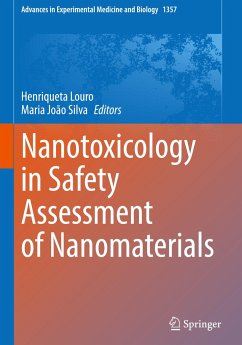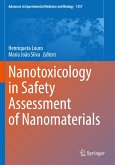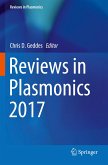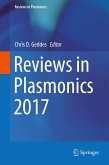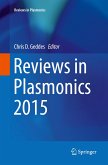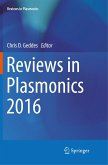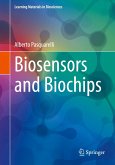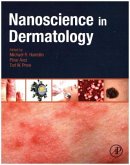Since its advent, nanotechnologies are considered key enabling technologies that take advantage of a wide array of nanomaterials (NMs) for biomedical and industrial applications generating significant societal and economic benefits. However, such innovation increases human exposure to these substances through inhalation, ingestion or dermal contact raising public health concerns. Furthermore, the NMs' specific physicochemical properties, that confer them unique beneficial characteristics, can also elicit nano-bio interactions leading to toxicity and concerns for public health. In addition, such properties can be affected by the surrounding matrix, particularly when incorporated in complex matrices such as food products, leading to secondary features potentially more relevant than primary characteristics for determining their toxicological outcome. These nano specific issues raise the question of whether the NMs may produce adverse outcomes that are not accounted for when usingconventional toxicological approaches to assess their safety.
Such uncertainties about the safety of NMs for human health and the environment may hamper a faster and more widespread exploration of their potentials. In response, the NMs definition has evolved, and nanotoxicology has developed towards new and more integrative approach methods to support regulatory and policy actions.
This book provides a perspective on recent developments in the synthesis, application, and characterization of NMs and the related nanotechnologies, focusing on nanotoxicology for their accurate safety assessment early in the product development stage. The use of complex in vitro models, including multicellular systems and organoids, and "omics-based" approaches, such as transcriptomics or epigenomics, have greatly contributed to an in-depth understanding of the cellular and molecular mechanisms behind some NMs toxicity. Such mechanistic knowledge is equally addressed in this book and hasset the basis for a predictive nanotoxicology approach building on adverse outcome pathways. In addition, considering the knowledge provided by the above-mentioned approaches, insights into risk assessment, standardization, and regulation of NMs are also included.
Incorporating adequate nanosafety assessment early in the life-cycle of NMs will allow the implementation of the safe and sustainable-by-design paradigm enabling safety to keep pace with innovation.
Chapters 10 and 15 are available open access under a Creative Commons Attribution 4.0 International License via link.springer.com.
Such uncertainties about the safety of NMs for human health and the environment may hamper a faster and more widespread exploration of their potentials. In response, the NMs definition has evolved, and nanotoxicology has developed towards new and more integrative approach methods to support regulatory and policy actions.
This book provides a perspective on recent developments in the synthesis, application, and characterization of NMs and the related nanotechnologies, focusing on nanotoxicology for their accurate safety assessment early in the product development stage. The use of complex in vitro models, including multicellular systems and organoids, and "omics-based" approaches, such as transcriptomics or epigenomics, have greatly contributed to an in-depth understanding of the cellular and molecular mechanisms behind some NMs toxicity. Such mechanistic knowledge is equally addressed in this book and hasset the basis for a predictive nanotoxicology approach building on adverse outcome pathways. In addition, considering the knowledge provided by the above-mentioned approaches, insights into risk assessment, standardization, and regulation of NMs are also included.
Incorporating adequate nanosafety assessment early in the life-cycle of NMs will allow the implementation of the safe and sustainable-by-design paradigm enabling safety to keep pace with innovation.
Chapters 10 and 15 are available open access under a Creative Commons Attribution 4.0 International License via link.springer.com.

